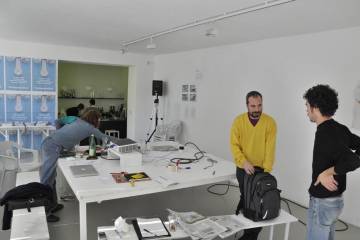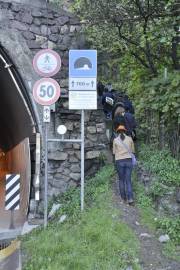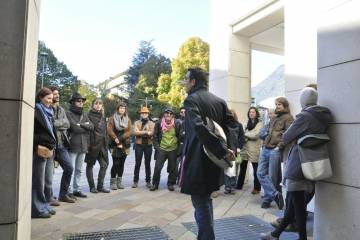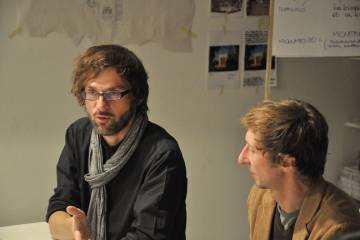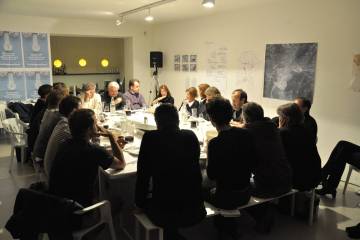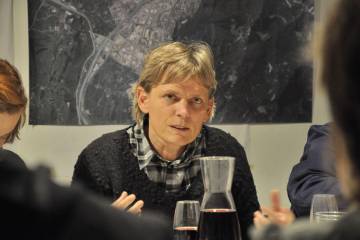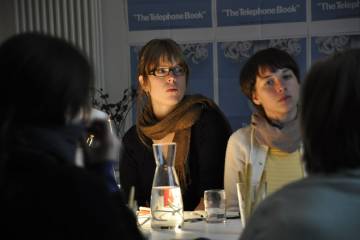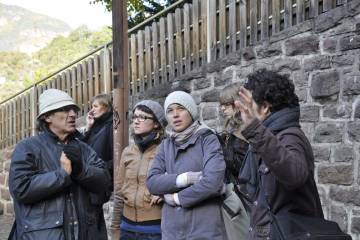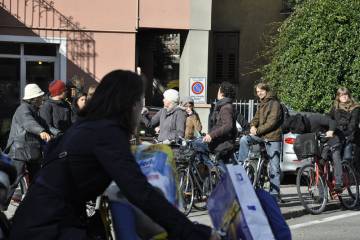Based on the research carried out regarding the juridical possibilities we posed ourselves some questions on how the state influences property and consequently how we perceive it. We asked ourselves what the difference was between STATE and PUBLIC and COMMON.
Initially we took the path of turning over the land which we would buy to the OWNERSHIP OF THE STATE. We wanted to tackle a process which no-one had tackled before now, an option which was subsequently rejected given that the property would still belong to the State.
Then we considered the possibility of renting the land, but also in this case the decisions regarding it would be up to the actual owner.
Among the various options we took a direction which seems a utopia: that of buying a piece of land and giving its ownership over to “EVERYBODY”.
We’re aware that at the moment there aren’t easy juridical possibilities which can enable us to reach our aim. This difficulty fascinates us, how the laws themselves limit the imaginary and the way in which we approach property and the consequences of living together.














